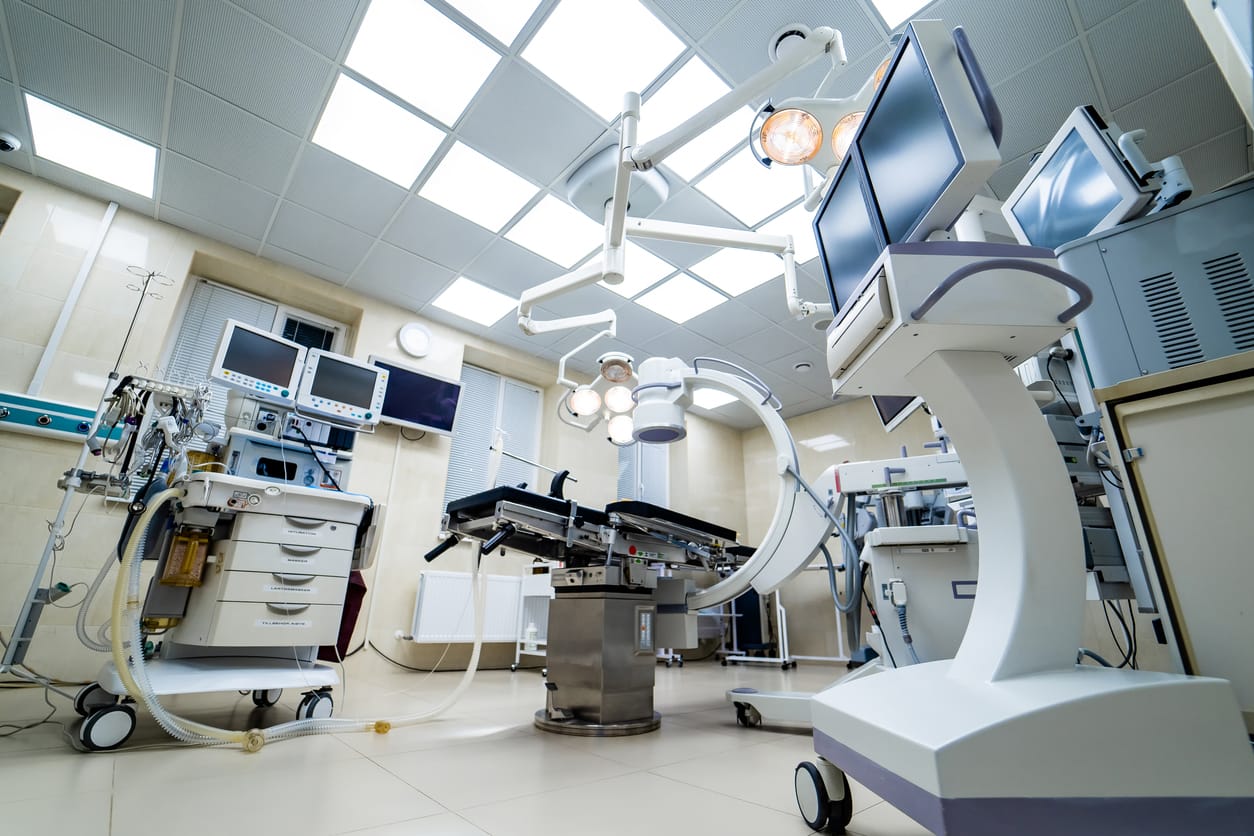When you work with a transport company that specializes in shipping medical supplies, they will be able to ensure that your shipment arrives at its destination on time and without any damage.
This guide will walk through the basics of shipping medical equipment, including what types of items can be shipped safely.
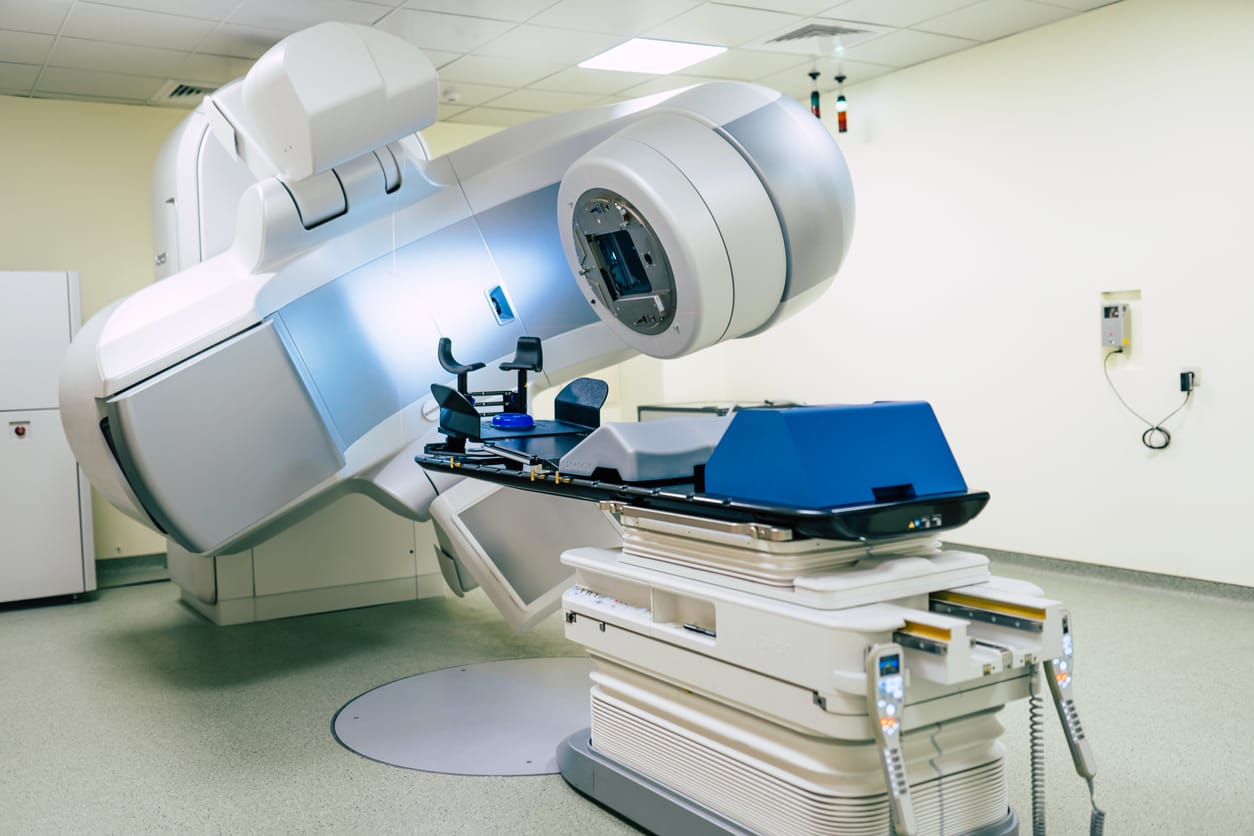
- Blood pressure monitors, blood glucose meters, and other related devices.
- MRI machines
- Covid test kits
- X-ray machines
- Oxygen tanks and concentrators, ventilators, tracheostomy tubes, and other related equipment.
- Wheelchairs.
- CT scanners
- Lab equipment
- Hospital beds.
- Crutches, walkers and canes. etc.
The U.S. Department of Transportation (DOT) has specific rules about shipping heavy medical equipment
These include:
- The weight of the equipment can’t exceed 150 pounds
- The shipment must be packaged in a way that reduces the risk of damage to the equipment
- The packaging materials must be strong enough to protect the equipment from damage during shipment
- A written description of how to safely unpack and reassemble the equipment should be included with every shipment
- You must use a freight carrier that has a certificate of public convenience and necessity from the Federal Motor Carrier Safety Administration (FMCSA).
- The packaging must be marked with the words “MEDICAL EQUIPMENT.”
Important steps to take and note when shipping Medical Equipment:
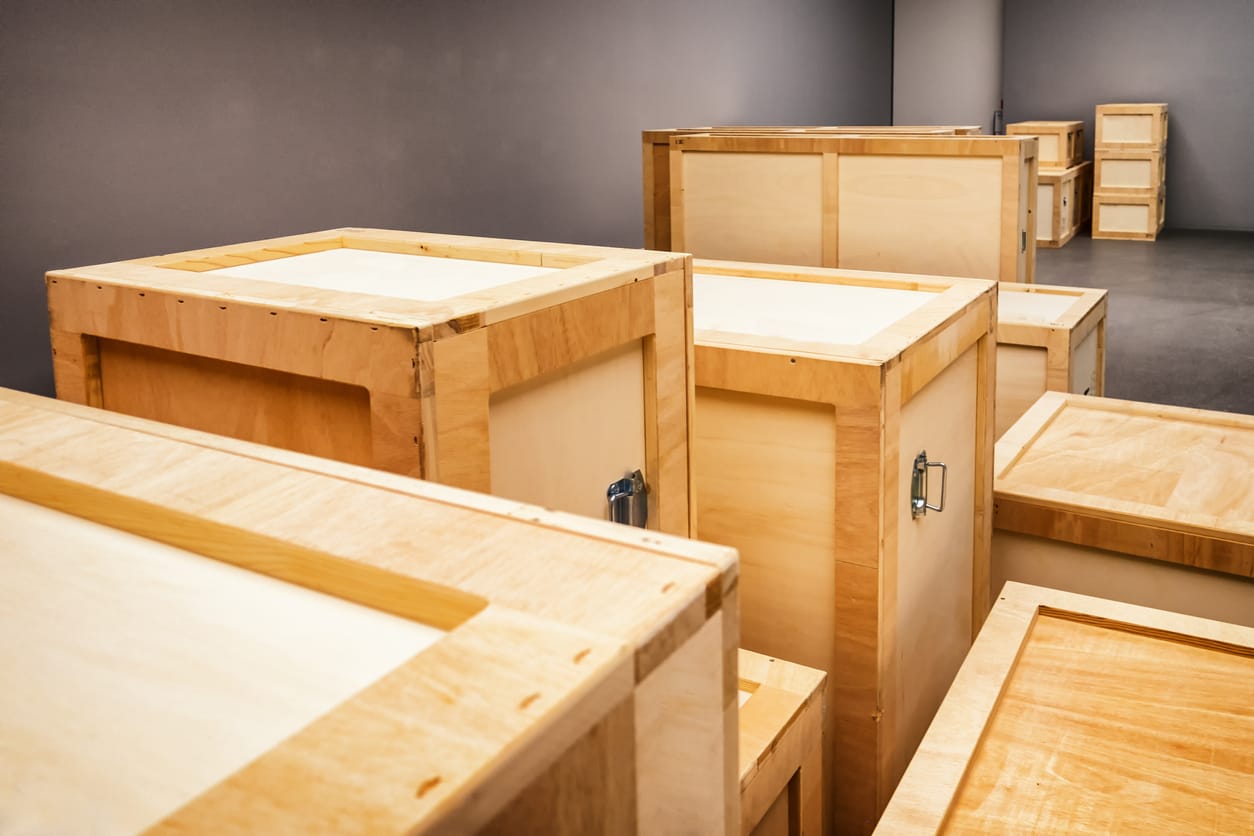
The more time you devote to carefully considering the shipping of medical equipment or supplies, the less likely you will be to encounter problems.
The first step in ensuring that your medical equipment gets where it needs to go in one piece is to make sure that it’s being shipped according to its specifications. If a piece of equipment is being shipped internationally, then it will need to be packed in a way that ensures it doesn’t get damaged by pressure changes while in transit.
If a piece of equipment is fragile and needs special handling, then make sure that it’s packaged appropriately for that kind of treatment. In some cases, this may involve using crated boxes specifically made for shipping fragile items.
It’s also important that you choose a carrier that has experience shipping medical equipment and supplies. Don’t just pick any carrier, make sure they have experience with transporting sensitive medical equipment before making your final decision.
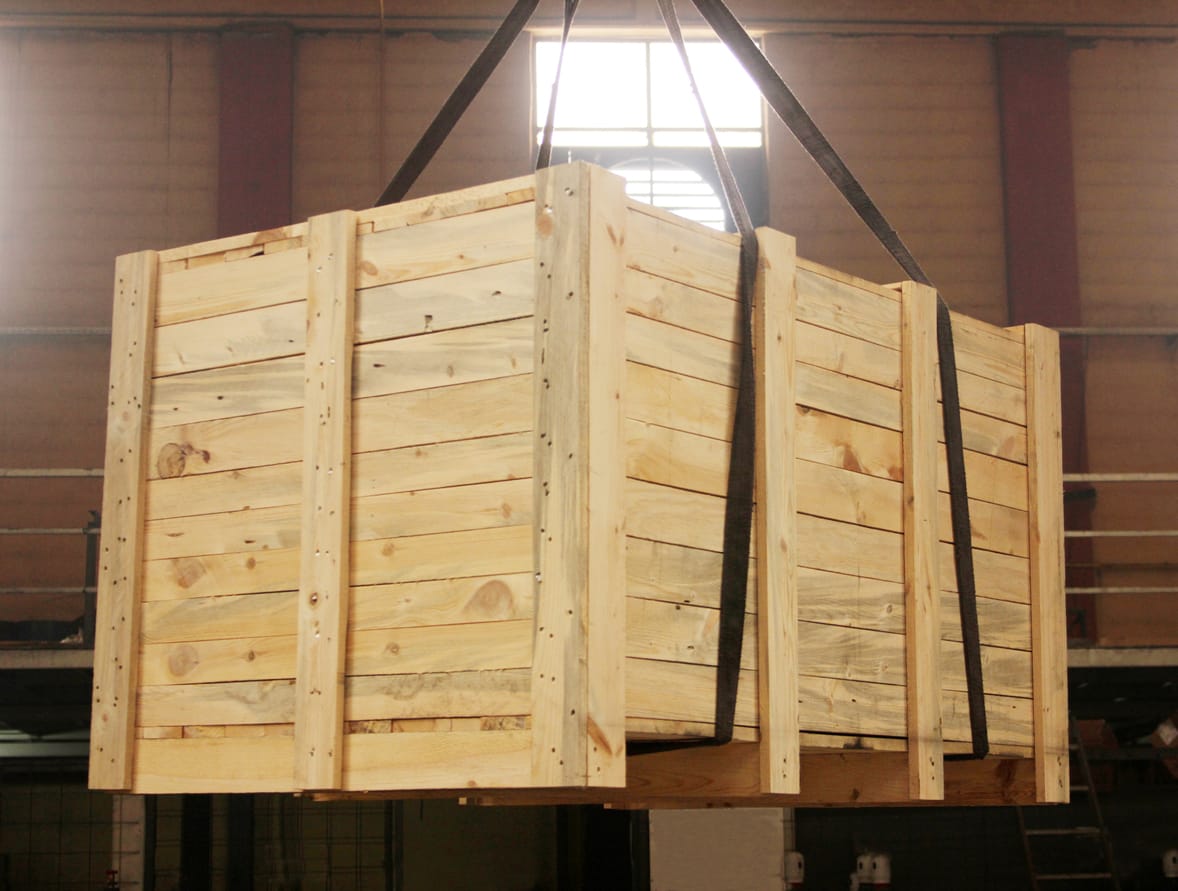
This is especially true for perishable items, or that need to be stored at a certain temperature and humidity level. If you don’t plan, one of your valuable shipments will likely arrive at its destination compromised.
You’ll also need to ensure that the materials used in your packaging do not contain any substances that could be harmful when exposed to moisture or other environmental conditions.
Second, you’ll want to make sure that your packaging isn’t a fire hazard.
Third, you’ll need to make sure the packaging is easy for a patient or doctor to open and use.
You’ll want to make sure that your packaging can withstand rough handling during transit, so it doesn’t become damaged or compromised before it reaches its destination. Extra “hazmat” safety measures might need to be taken to guarantee secure delivery.
If you’re shipping internationally, you will need to comply with the laws of the country to which you’re sending your equipment. Take extra precautions when sending anything abroad.
International shipment presents special difficulties, such as customs paperwork, heat-treated and marked cartons in accordance with ISPM 15, and others. It’s crucial to learn about these regulations or engage with a shipping company that has experience with them.
For example, if you are shipping to Australia, you need to follow the Australian Radiation Protection and Nuclear Safety Act of 1998. This law requires that all radioactive materials be shipped in a container that is specifically designed for that purpose. If your container does not meet these requirements, it will be returned at your expense.
If you are shipping within the United States, there are also environmental regulations that must be met. The EPA (Environmental Protection Agency) has standards for how much CO2 can be emitted per mile driven by any vehicle transporting hazardous materials. These standards vary depending on whether or not the vehicle has a trailer attached; if it does have a trailer attached, then more CO2 emissions are allowed per mile driven.
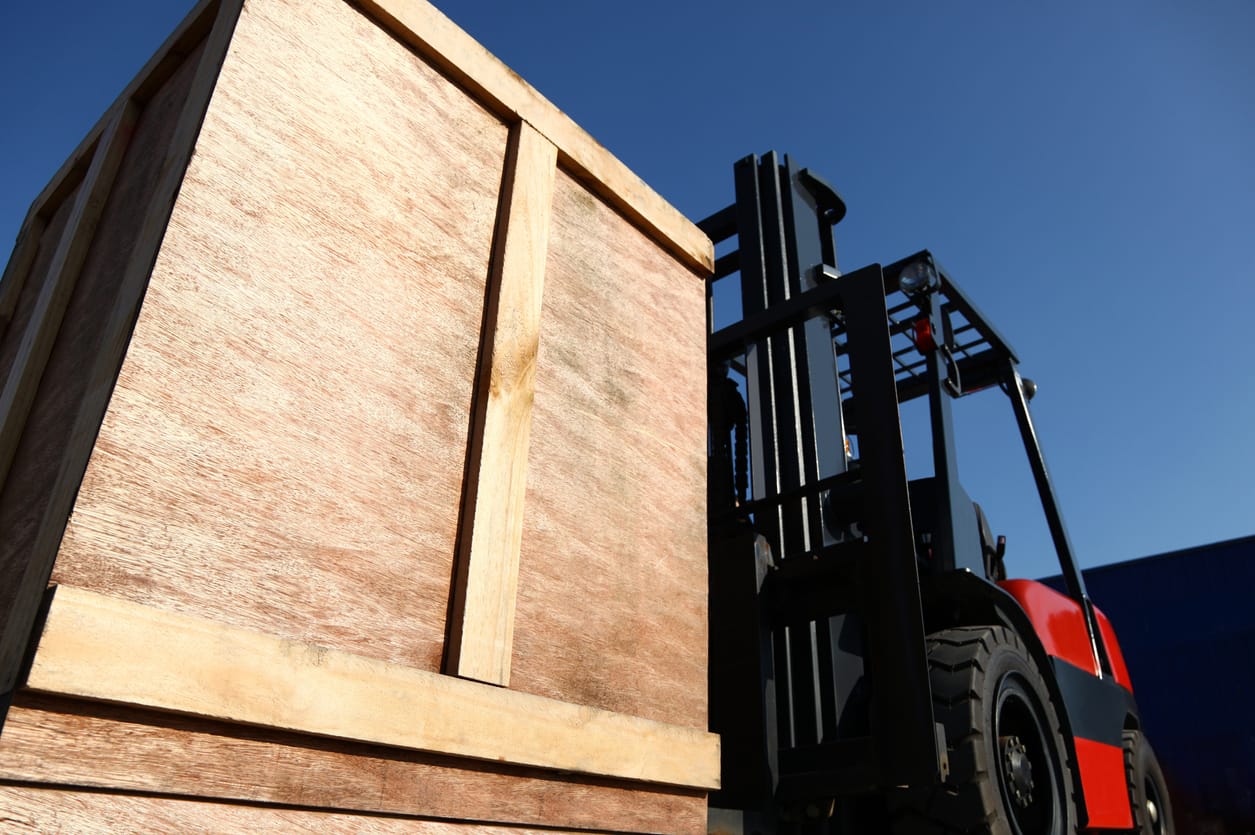
The first thing that you need to do is ensure that your item is properly packaged. Your item should be packed in such a way that no movement can take place during transit. The package should also be sturdy enough to withstand any impact that may occur during transit.
The package should be able to withstand impacts from all sides and not just from above or below. This will protect valuable medical equipment and supplies when strategically done.
It’s important to consider whether or not you’ll need to disassemble items. For example, if you’re shipping a wheelchair, it may be necessary to disassemble the chair into its components to fit through tight spaces or around obstacles.
Disassembling can also help reduce the amount of room needed for a package and therefore reduce shipping costs.
If your shipment contains more than one piece of equipment, then it needs to be crated separately so that each piece does not get damaged during transit. Crating helps protect medical equipment from dust, debris and other contaminants found in shipping containers like trucks and aeroplanes; thereby ensuring proper functioning at its destination post-delivery.
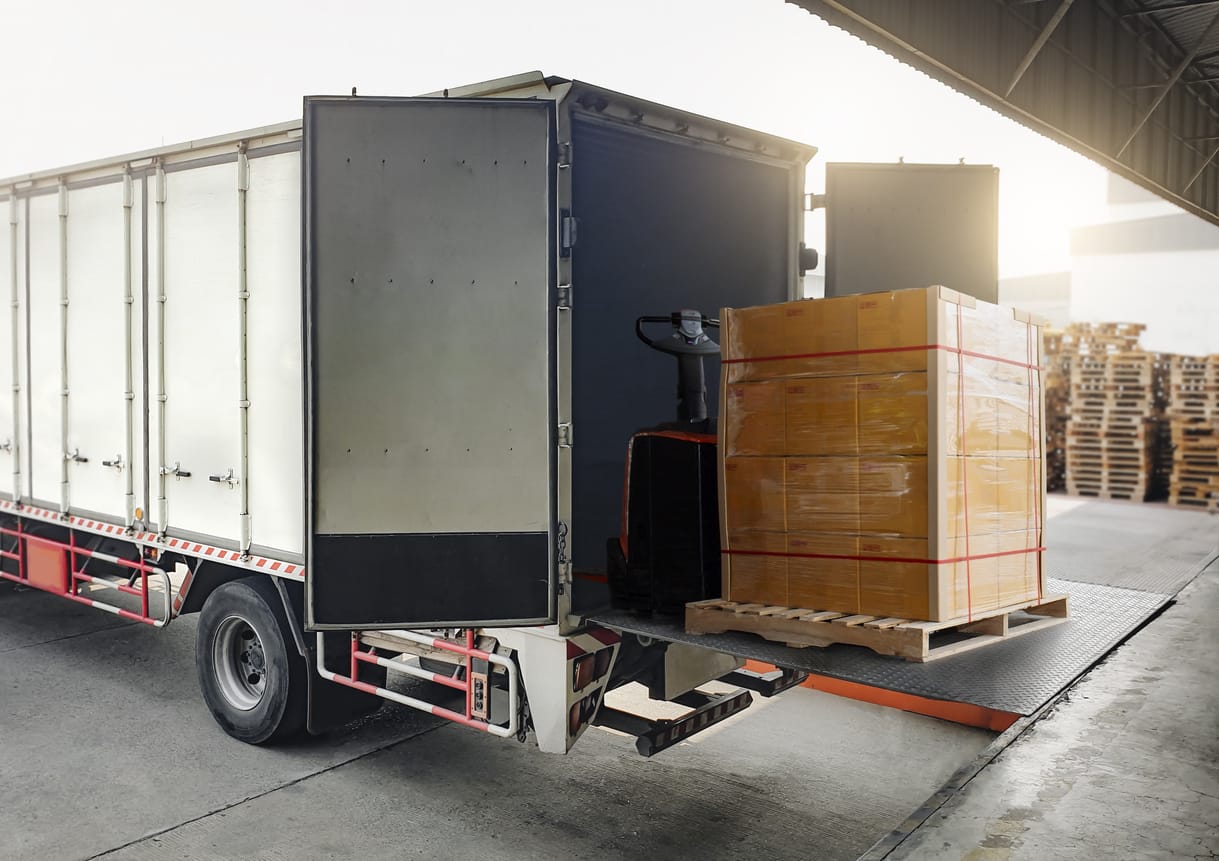
For high-value items, consider using protective foam or corrugated cardboard for cushioning. If you’re shipping sensitive equipment, use a sturdy box with strong handles and a secure lid to prevent damage during transport.
Your shipping container must be large enough to accommodate all of your items, including the equipment and packaging. If you are unable to fit everything in one container, consider disassembling some of your equipment if necessary. This will reduce the overall size of your shipment, making it easier to fit into a smaller shipping container.
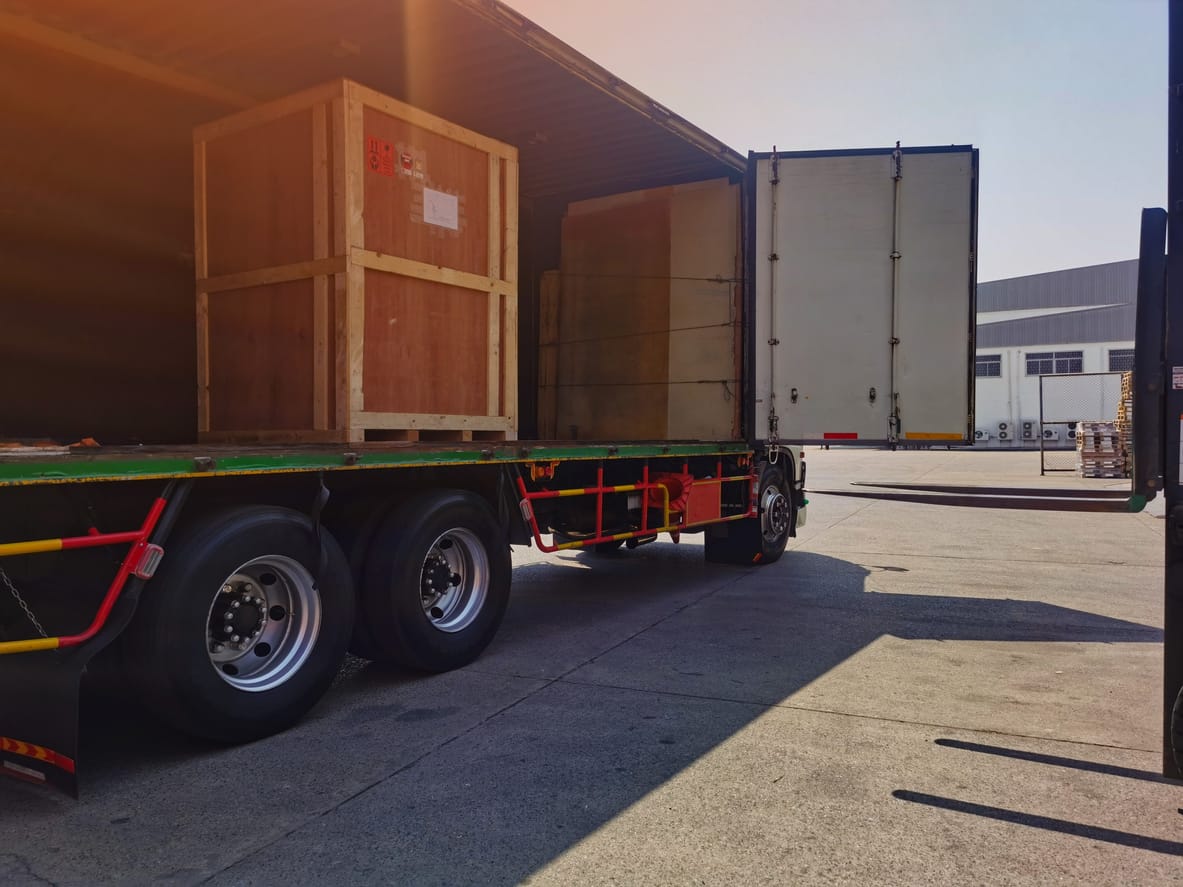
Insure your item for shipping costs and any damage that might occur in transit. You’ll want to find out how much it would cost if something goes wrong with the shipping process or if the item gets damaged so that you know how much money you need to set aside in case something goes wrong during transit.
The cost of medical supplies and equipment is typically high. Therefore, it’s crucial to adequately insure them and entrust them to a logistics operator so they can be closely tracked from pickup to delivery.
If you’re in the medical equipment business, you know that shipping is a tricky process. You have to consider the size and weight of your product and how that impacts overall shipping costs, but also take into account how sensitive it is and how important it is to keep it safe on its way to the customer.
If you don’t know what you’re doing, it can be easy for something like an imaging system or a piece of lab equipment to get damaged during transit. That can lead to costly repair bills or even worse: lost revenue from unhappy customers who didn’t receive their products in working condition.
But with the right shipping company on your side, you can feel confident that your products will arrive safely and in top condition so your customers will be happy with their purchases and come back again in the future.

There are many different companies out there that specialize in shipping medical equipment, so make sure you do your research before choosing one. Some might offer better rates than others or have better insurance coverage for damaged items than others do; if you’re going with an international company then make sure they can handle international customs paperwork too.
We know that shipping medical equipment comes with its own set of challenges and concerns, from the safety of your equipment to the time it spends in transit. To ensure that your shipments arrive safely and on time, it’s important to have a partner you can rely on.
Ship A Car has worked with hundreds of customers in the medical industry to ensure their shipments get where they need to go, on time every time. We know how to handle sensitive materials and we’re well-versed in handling sensitive devices. We’ve also worked with clients who need special packaging or crating requirements, so we’ve got you covered on all fronts.
If you’re ready to make sure your shipments reach their destinations safely and efficiently, contact us today.
Medical equipment is a valuable asset to any healthcare provider. It can be expensive and heavy, but with the right tools, you can safely transport your equipment from one location to another.
